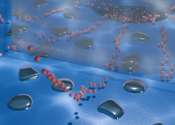Apple claims its new AI outperforms GPT-4 on some tasks by including on-screen content and background context
A team of AI researchers at Apple claims that their AI system, Reference Resolution As Language Modeling (ReALM), can outperform GPT-4 on some kinds of queries. They have published a paper on the arXiv preprint server describing ...









